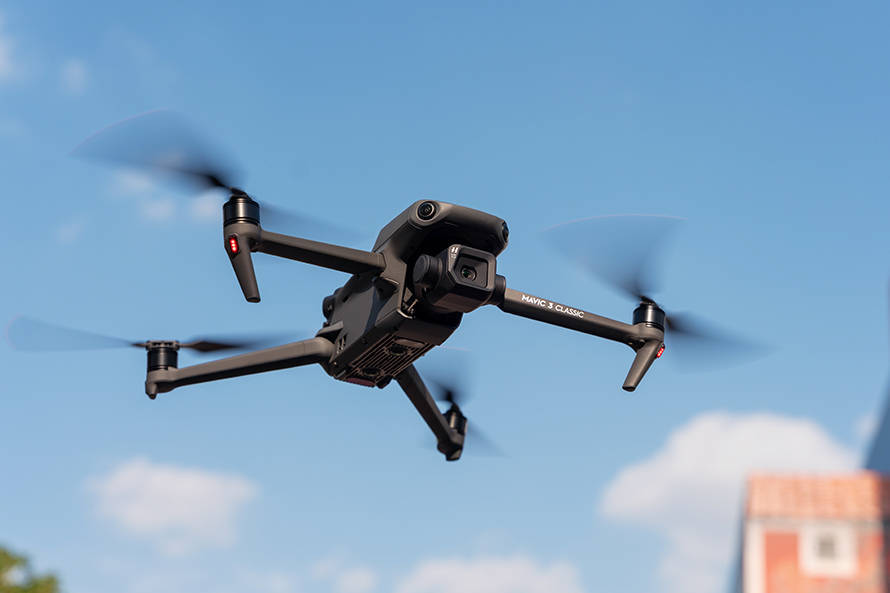The evolution of technology has continuously transformed daily life, and the latest frontier in this progress is delivery via drones. Among the pioneers in this field, Google’s drone technology promises to redefine the logistics landscape. These autonomous vehicles aim to enhance efficiency, reduce delivery times, and lower the carbon footprint associated with traditional delivery methods.
The Introduction to Google Drone Technology
Google, through its innovative project, has stepped into the drone delivery arena. This initiative arises from a need to improve service delivery and tap into the growing demand for faster and more reliable logistics solutions. With an estimated market value reaching billions of dollars, it’s no surprise that such a tech giant is investing heavily in this field.
Innovative Features of Google Drones
The drones designed by Google are equipped with some of the most advanced features in the industry. These include collision avoidance systems, precise navigation, and an autonomous flying capability that ensures a safe and efficient delivery. Additionally, they are built to handle diverse weather conditions, enhancing their reliability in various climates.
- Autonomous navigation using advanced GPS technology
- State-of-the-art sensors for detecting and avoiding obstacles
- Environmentally friendly electric motors
Such innovative features are what set Google drones apart, enabling them to perform deliveries with precision comparable to none.
Impact on the Delivery Industry
Google’s leap into drone technology holds the potential to transform the delivery industry entirely. The use of drones cuts down the significant costs associated with human-operated deliveries and reduces transit times for small parcels and urgent deliveries. By leveraging this technology, Google is on track to lead a revolution in how goods are transported from businesses to consumers.
Environmental Advantages
One of the standout benefits of using Google drones for deliveries is their environmental impact. The electric nature of these drones means they emit no pollutants during operation. With cities looking to decrease traffic congestion and urban pollution, drone deliveries represent a promising solution. Implementing such systems on a large scale could tremendously reduce the carbon footprint associated with deliveries today.
Challenges and Considerations
Despite the potential advantages, integrating drone technology into the current delivery ecosystem is not without its challenges. Regulatory hurdles, safety concerns, and the technological limits of drones themselves are significant considerations. Each flight must adhere to stringent regulations to ensure the safety of both the goods being delivered and the people in the vicinity of the flight paths.
Moreover, the public perception of drones buzzing overhead and privacy concerns also weigh heavily on the widespread adoption of such technology. Those involved in deploying these systems must carefully address these issues to gain broader acceptance.
“The key to the future of delivery isn’t just speed, it’s also about making smarter, more sustainable choices that technology like Google’s drones can provide.”
FAQs about Google Drone Delivery
- How long can a Google drone fly?
- Currently, Google drones are designed for short to medium-distance flights, typically lasting about 30 minutes on a single charge. The flight time may vary based on load and weather conditions.
- Are deliveries limited to specific areas?
- Initially, Google is focusing on specific urban areas to refine their technology. As drone capabilities and regulatory frameworks expand, wider coverage is expected.
- How does Google ensure the safety of its drone deliveries?
- Google employs advanced navigation systems, real-time monitoring, and built-in safety protocols to minimize risks. Each drone is equipped to avoid obstacles and adhere to designated flight paths.

In conclusion, the advent of Google’s drone technology marks a significant advancement in the logistics industry. By prioritizing efficiency, sustainability, and innovation, Google is not only looking to enhance how deliveries are performed but is also paving the path for the future of automated logistics solutions.